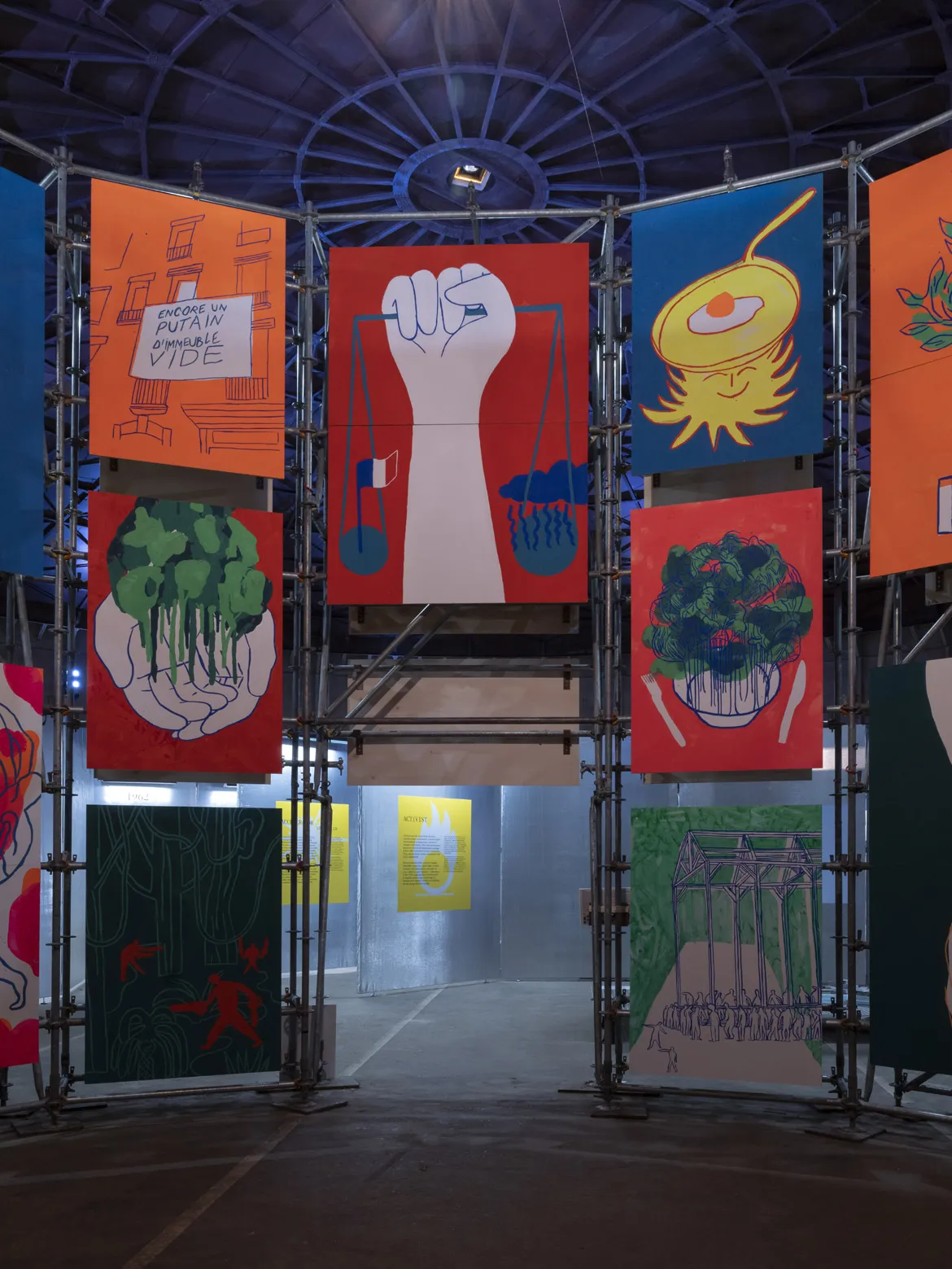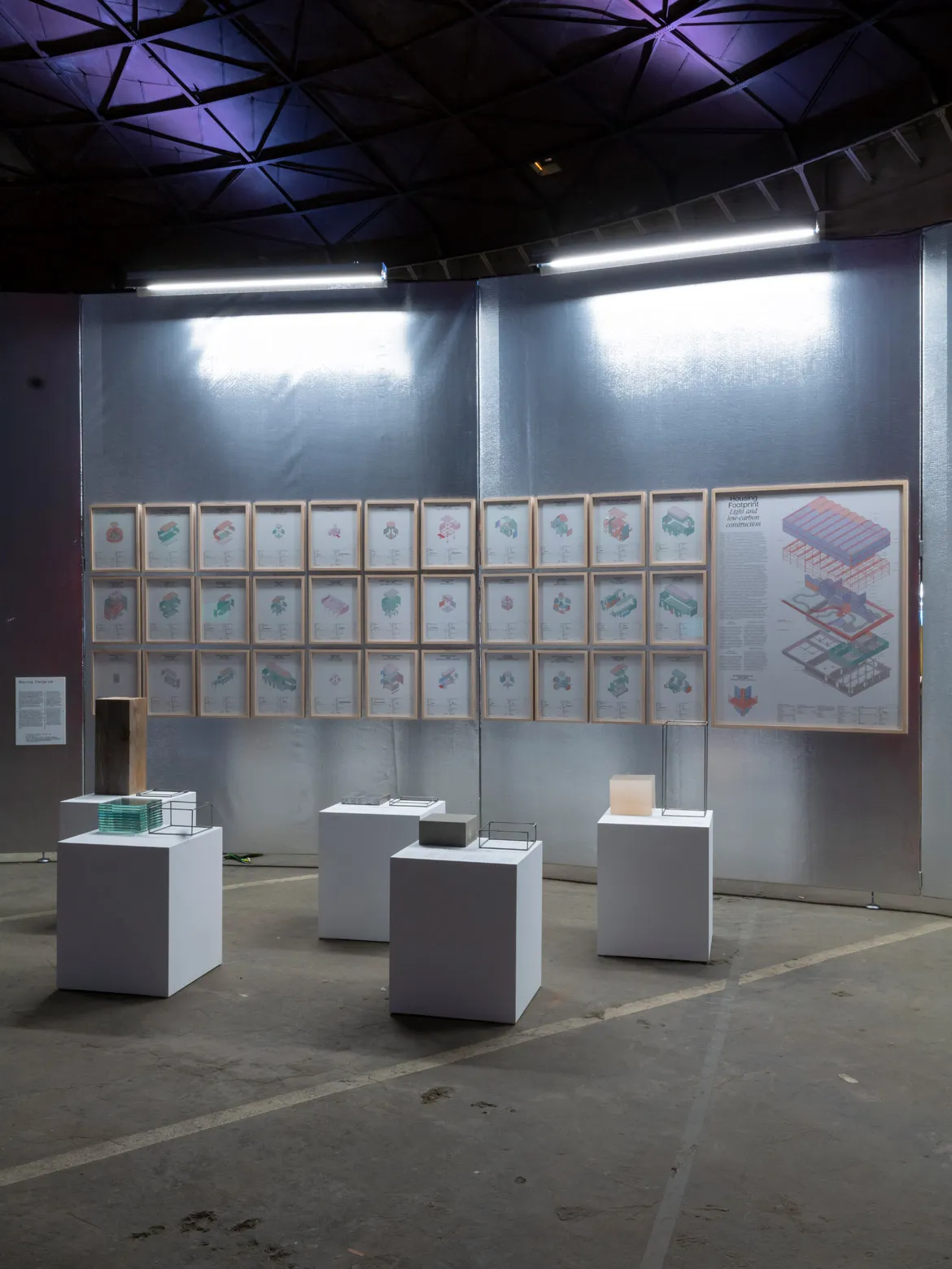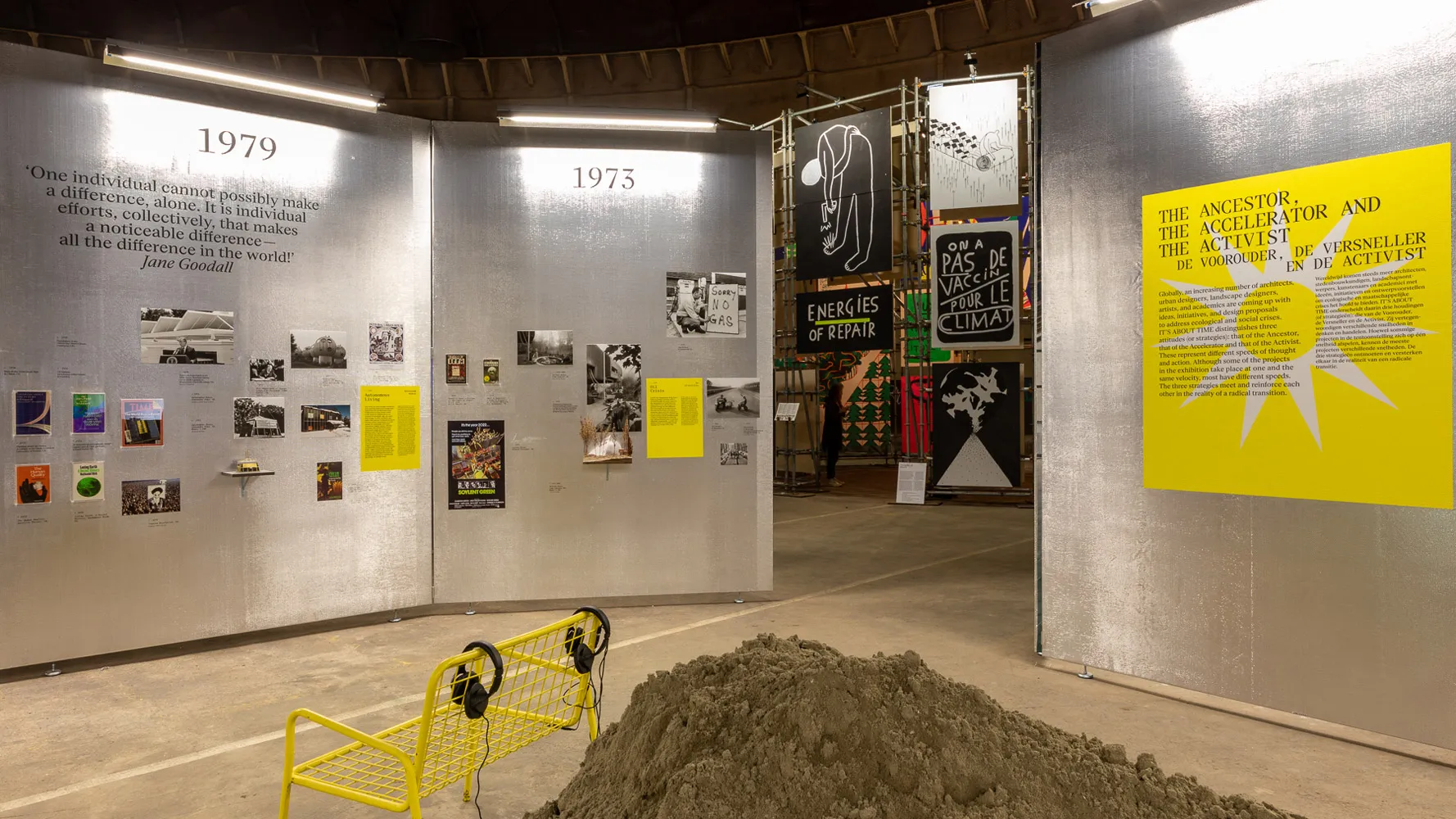When it was founded in 2001, the International Architecture Biennale Rotterdam (IABR), had something of a hidden agenda. An ostensibly public agora for the discussion of architecture within Rotterdam, it was more serious and technical than other European biennials, as if it cared little for a wider international audience—odd given its official name includes the word “international,” and that the city was home to OMA and MVRDV, practices which had become famous globally for their legible but progressive ideas about the broader urban context of architecture.
Under the aegis of George Brugmans, IABR was as much a research and policy-led organization, trying to influence not just the city’s architecture but urban development across the Netherlands, reflecting the city’s role as the most successful act of post-war urban planning in Europe. But it was not, ultimately, a wise move politically. In 2020, the city’s culture committee refused to renew the organization’s operating grant—around 20% of its income—having grown tired of paying for a body which was often critical of the city. Brugmans, who was retiring anyway, slammed the door on his way out, making public his criticism of the city. And to cap it all, Covid hit.
It would be an exaggeration to say that IABR is beginning again from scratch—it retains key support at the national level and through private backing—but 2022 feels like the beginning of a new era. The first exhibition under a new board and a new director, Saskia van Stein, a former curator at the Netherlands Architecture Institute, it was delivered in just eight months. The result, “It’s About Time,” is another show about sustainability and occasionally shows its limitations.

Photo © Vanessa Bosio
IABR’s main venue, the Ferro Dome, is a draw in itself. An empty gas holder with a steel-vaulted roof, it stands not far from working docklands to the west of the city center. It’s quite an act to fill it in short order, and the exhibition often struggles in terms of scale. There are some important, if flawed, projects on view: Anupama Kundoo’s compressed brick pavilion would have been better built out though. Atelier LUMA’s work at Arles will have a lasting impact but a glimpse of just the basic building materials is a tad disappointing.
The great asset for this biennial is the basic curation, and the team including Veronique Patteeuw and Léa-Catherine Szacka deserve praise for the nuance of their approach. Transferring their academic research from courses they taught at the Universities of Lausanne and Manchester respectively, the pair have given the biennial a much needed historical timeframe: environmental action is incredibly urgent, of course, but here, the curators take sustainability and apply not just a deep historical context but also an architectural sensibility, enhancing examination of the current moment.
The exhibition takes the 50th anniversary of the publication of Limits to Growth as its starting point. This report, commissioned by the Club of Rome and led by industrialists and economists, declared that the planet might not be able to support its population in the future. The Rotterdam curatorial team, who include Peter Leenstra and Derk Loorbach, have explored how thinking about architecture has evolved since 1972, with a panel for each year in the exhibition. The panel for 1972 itself gives you an idea of the format. A poster of perhaps Hollywood’s most emotionally powerful environmental disaster movie, Silent Running (Wall-E without the jokes) was released that year.
It was also the year that the influential Dutch organization De Kleine Aarde opened one of the earliest sustainable-living-by-example projects in Europe: a place that showed how to build windmills and manage organic gardens. The exhibition proceeds, year by year, providing a meditation on shifting environmental concerns as well as documenting popular culture dystopias, changing lifestyles, political moves and technological innovation.
Even as we insist that climate is at a moment of crisis, the sense of crisis turns out to be very much part of history. Currently at the Architectural Association in London, Mario Cucinella’s exhibition “The Future is a Journey to the Past,” similarly proposes a long history of the environmental movement in architecture but in terms of key texts. The Rotterdam biennial is less concerned with the canon and more about an evolving aesthetic language. The sense that a new history is being mapped is clear.

Philippe Rizzotti investigated the carbon footprint of modernist houses. Photo © Vanessa Bosio
At the acme of this attitude is French architect Philippe Rizzotti’s investigation into the sustainability credentials of key modernist houses, delivered with beautifully precise, exploded diagrams. Rizzotti and his team of researchers have examined the carbon footprint in construction, energy use, and the afterlife of buildings from Buckminster Fuller’s Dymaxion House (1945) to Renzo Piano’s Diogene minimalist housing (2013). Rizzotti discovers there is much to learn from modernist rationalism in designing houses with limited resources.
The Biennale, and an associated exhibition nearby of student work, both have an urgent energy. While the curators insist that the main exhibition had to happen for the sake of the planet, the survival of the IABR is also at stake, and the need for a public audience, whether local or international, to support it.
Read more about Fall 2022 architecture festivals







